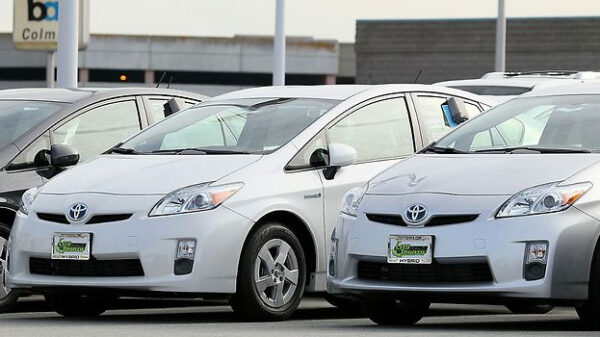
This is according to a survey dubbed ‘Anzisha Youth Entrepreneurship Survey 2016’ conducted through collaboration between African Leadership Academy and MasterCard Foundation which surveyed 101 respondents across the continent/FILE
NAIROBI, Kenya, Mar 29 – Funding is the biggest challenge that entrepreneurs across Africa face when it comes to growing their businesses.
This is according to a survey dubbed ‘Anzisha Youth Entrepreneurship Survey 2016’ conducted through collaboration between African Leadership Academy and MasterCard Foundation which surveyed 101 respondents across the continent.
According to the survey, funding is by far the greatest impediment to growth, with 48 percent of respondents highlighting it as the biggest obstacles to expanding their companies.
To get the necessary finances, family and friends are the top sources of capital at 59 percent, along with grants -52 percent- and crowd funding at 22 percent.
Other sources of funding include trailing venture capital at 7 percent, angel investors at 11 percent and development finance organizations at 11 percent.
Bank loans are the least common at 4 percent.
Others were however noted to not have secured outside investment. As revealed by the survey, 32 percent said they were unsure of how to source funding, 28 percent said no one was willing to back them, and 16 percent said they did not want to take on debt.
“Other reasons for not having secured outside investment include bootstrapping without investment at 14 percent with 5 percent saying they value ownership over investment.”
Economic climate was cited as the second biggest challenge for growing a company at 9 percent with marketing and access to market information coming in at 7 and 6 percent respectively.
“When it comes to marketing their businesses, young entrepreneurs invest in paid-for advertisement on social media networks – at 58 percent – as well as exhibitions and events at 50 percent.
However, word-of-mouth (83 percent) is by far the most popular marketing medium,” reads the survey.
Few were noted to use television, outdoor and radio as they were perceived to be expensive. Almost three quarters of those surveyed said they do not use any customer relationship management (CRM) software.
As far as sales channels used is concerned, faced-to-face is the biggest accounting for 56 percent, while using the online platform follows at 24 percent. Other primary sales channels used include walk-in customers at 11 percent, customer enquiries at 7 percent and phone sales at 2 percent.
In terms of human resources, employee cost is the biggest challenge facing young entrepreneurs at 43 percent. This is followed by a lack of adequately-skilled talent at 20 percent, motivating staff at 12 percent and attracting talent at 10 percent.
“Young CEOs reward and incentivize their employees in a variety of ways, with training programmes -51 percent-, bonuses at 47 percent and gifts/day offs at 43 percent being the most popular. A large percentage also allows their employees to participate in the success of the business through profit share (37 percent) and equity stakes (22 percent).
Networking events are used by the respondents for support and advice on entrepreneurship. Additionally, 62 percent of respondents said they receive support from mentors. Training programmes are picked up by 54 percent while 52 percent use online resources.
“When asked what should be the top priority for government to better support young business owners, the majority at 32 percent said that entrepreneurship should be taught in school. This is followed by improved infrastructure at 20 percent, then tax incentives for young entrepreneurs at 14 percent.”
Asked on why they chose to become entrepreneurs, 57 percent of respondents said because they wanted to make a difference in the world while 15 percent said they chose entrepreneurship to take advantage of existing opportunities.
Others, at 12 percent, said they went into entrepreneurship so that they can leave a legacy while 6 percent said it’s because they wanted to be in control of their destiny.
Only one percent said they went into entrepreneurship to become wealthy.
The respondents of the survey were fetched from diverse sectors which include agriculture, technology and education all at 15 percent respectively, social upliftment at 8 percent and business services at 7 percent among other sectors.
In conclusion, a whopping 79 percent of respondents said they are very positive about their outlook on their ventures while only 21 percent thought it was somewhat positive.
None of the respondents expressed negative sentiments as far as their outlook on their ventures was concerned.


































